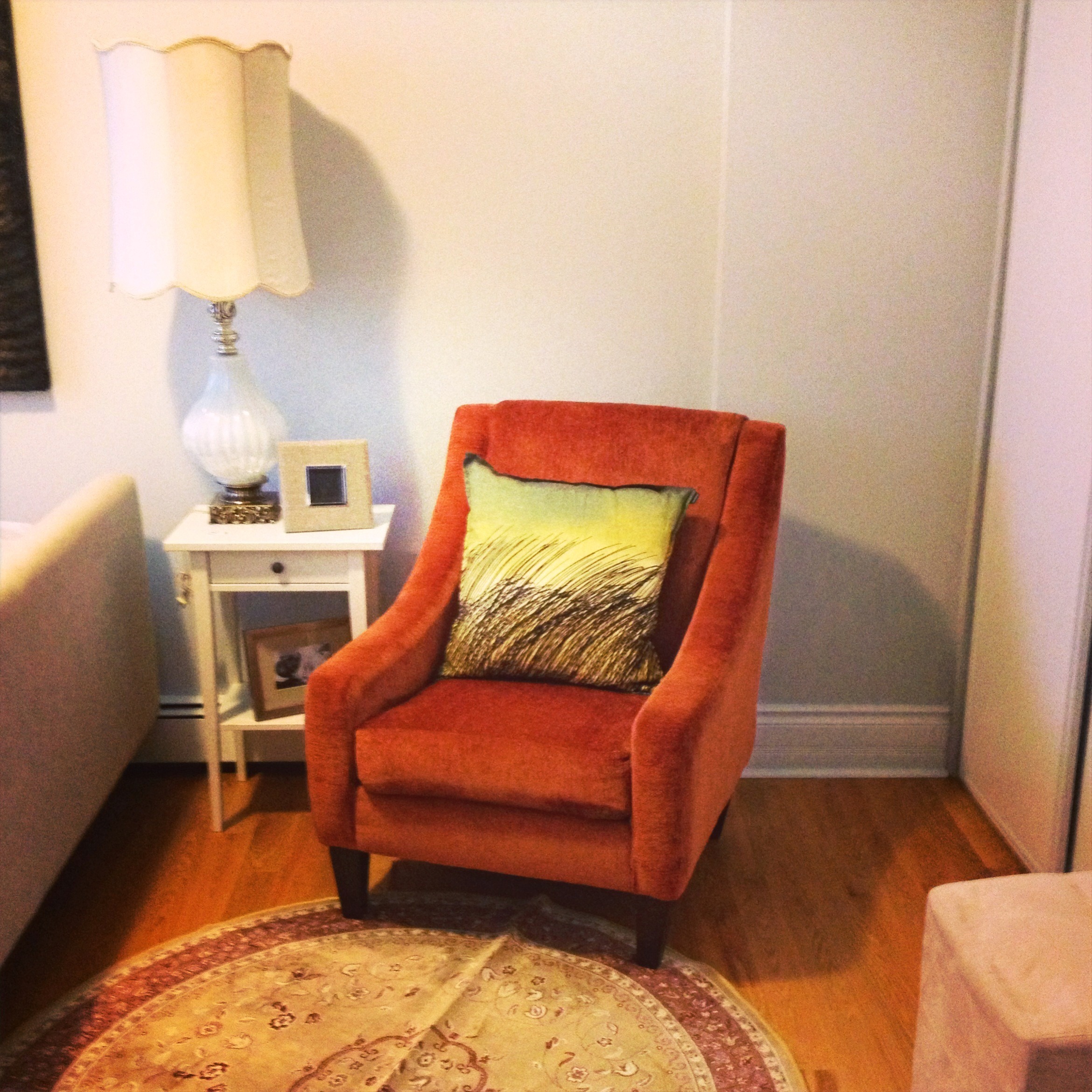 Getting shamed can be traumatic. Being perceived by others as shameful is traumatizing. The sensation of shame will strike up different sorts of traumas. This is because shame upholds domination and power imbalance that hurt and don’t feel good. Shame is part of what keeps things like white supremacy in motion. White superiority is white pride. The opposite of pride is shame. The opposite of white people is Black and People of Colour. White supremacists need to construct Black people as shameful to uphold white pride and maintain control and power. Others like Prentis Hemphill, Dr. Melisa Harris-Perry, and Jack Halberstam have said this.
Getting shamed can be traumatic. Being perceived by others as shameful is traumatizing. The sensation of shame will strike up different sorts of traumas. This is because shame upholds domination and power imbalance that hurt and don’t feel good. Shame is part of what keeps things like white supremacy in motion. White superiority is white pride. The opposite of pride is shame. The opposite of white people is Black and People of Colour. White supremacists need to construct Black people as shameful to uphold white pride and maintain control and power. Others like Prentis Hemphill, Dr. Melisa Harris-Perry, and Jack Halberstam have said this.
Taking an intersectional approach to shame shows us that shame is weaponizable. And violently so, passive, and aggressive. This tends to result in violence, wounding, harm, and abuse, and for very specific communities. (Mariamme Kaba defines these terms with attention to nuances between them). On a subtle level, shame is an everyday type of traumatic encounter. Just as trauma for some, is every day and interwoven with the mundane, so too is shame. Shame results in wounding and repair work. Shame can also feel like a wound is being torn wide open. For Trauma studies theorist Mark Seltzer, how we identify the mundane as “trauma” is indicative of a “wound culture.”
According to Mark Seltzer, wound culture is the idea that each one of us has been traumatized. And that almost everything in our culture can be traumatic (from mind-bodies, buildings, workspaces, interpersonal relationships, and ideologies). Trauma studies theorists like Dominik LaCapra, Ann Cvetkovic, and Ruth Leys have made sense of wound culture as everyday trauma, ordinary trauma, political depression, or lower t trauma.
Taking a wound culture approach, I define shame as "perceiving ourselves or something we identify and associate with, as getting exposed and uncovered too quickly. And before we are ready for it to be brought out in the open". Others like Brené Brown, Sara Ahmed, and Elspeth Probyn have articulated shame in this same way. Though with less attention to its linkages with trauma and the traumatic.
In Freudian and other types of psychology, the idea of too fast and too unexpected, is at the very crux of definitions of trauma. Shame and trauma are similar in this way. Trauma is experienced as shameful. And shame is traumatic. Both shame and trauma leave us feeling powerless and out of control. Both draw fear and terror. To cope with shame and trauma, our sympathetic nervous systems get activated. Our fight and flight responses are alert. We react maladaptively if not careful and aware. They take us out of the present moment and into queer time. Making us dissociate or leaving us delusional and checked out. Both are painful, including physical and emotional pain. Both amplify chronic pain and increase cortisol and stress levels. Both can lead to imbalance and disease. Including mental and emotional challenges. Shame and trauma can result in addiction. Or end up in death by suicide, sometimes, murder.
Both are collective and contagious. Socio-cultural and arrive from the future. They each span across space and collapse time. Shame and trauma are intergenerational and show up across multiple generations. Each is situated in history and contextualized through the embodiment, or rather, disembodiment. Healing shame is a cheat code in wound culture.
This is why Pride movements have been so Revolutionary and Liberating for communities constructed as shameful. Like the women’s and the feminist movement, voting rights, civil rights movements for Black liberation, and pride in queer, trans, fat, disabled, and Indigenous communities. Not buying into shame has always been revolutionary. Learning from and shaping and redirecting shame is not to be underestimated.
Until next time, in solidarity.
Photo Cred: Dorothy Attakora-Gyan
Image Description: An off-white circular ornament with French words and swirls engraved on the inside. It sits on a burnt-orange chair with a greenish-yellow and black pillow.
